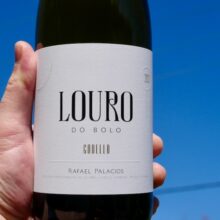
Product information
Rafael Palacios ‘Louro’ Godello 2023
$57
Description
Excellent Godello 5% of Trexadura – Fresh fine acid with a little salinity pear and zippy citrus with zippy white nectarine. Interesting supple mid-palate and finish textural phenolic
Like Albariño, Godello true merit is hidden behind an ocean of less than exciting wines. In the hands of Rafael Palacios it transcends the benign, offering us true beauty and intrigue!
The young, balsamic and still faintly medicinal entry-level white 2023 Louro is dense, ripe and powerful at 13.9% alcohol, pungent and intense with a bitter twist in the finish. It’s very tasty, almost salty, with cleanliness and precision, combining power with freshness and elegance. This is quite impressive and a preview of the rest of the 2023s to come.
Luis Gutiérrez, The Wine Advocate 93+ Points
In stock
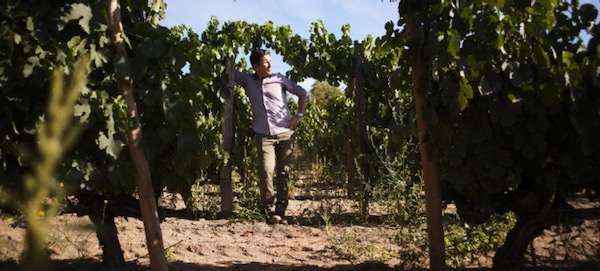
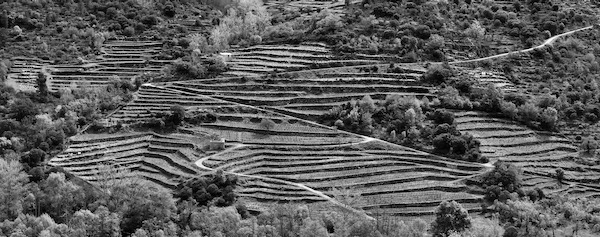
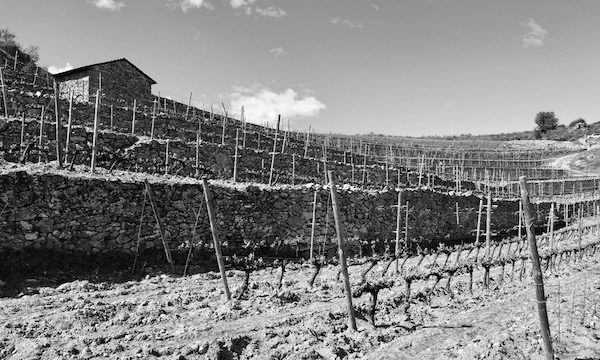
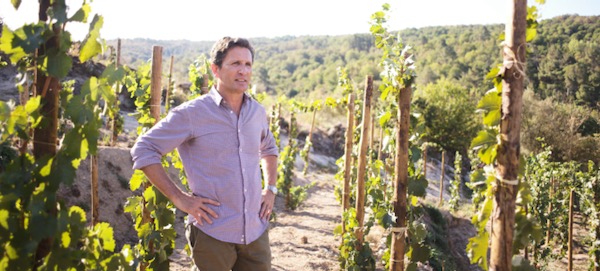
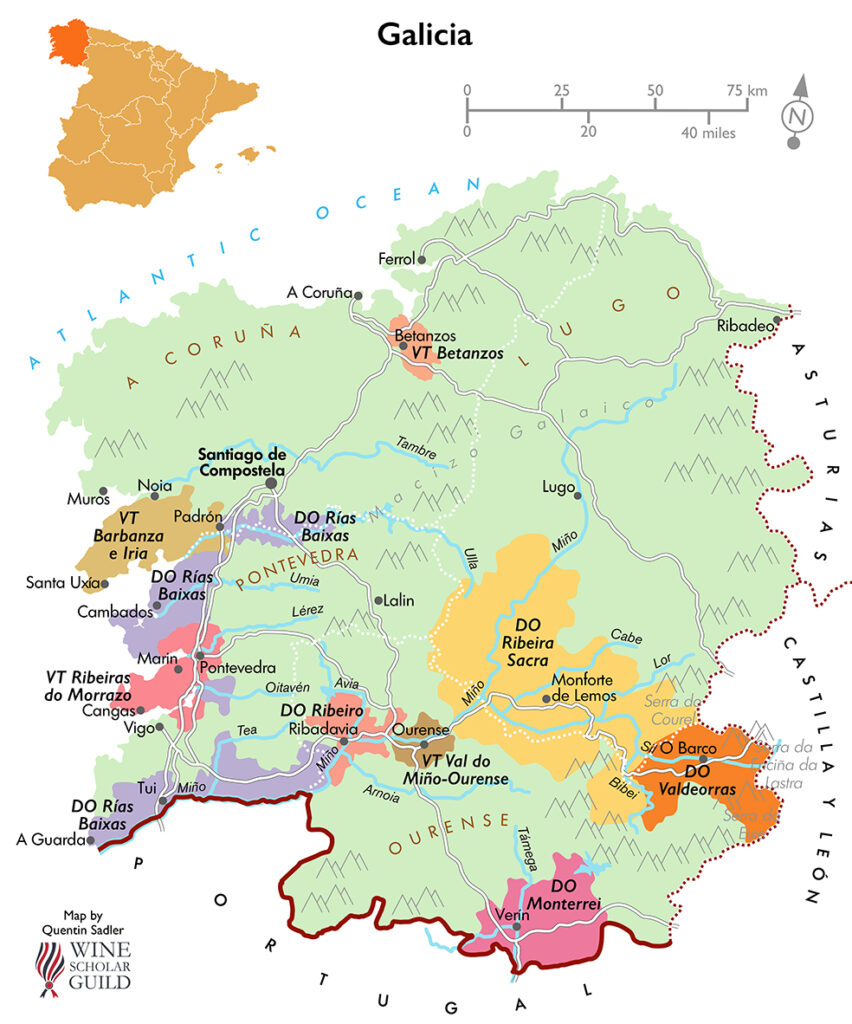
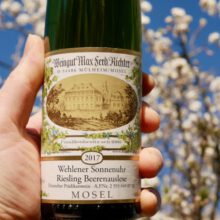


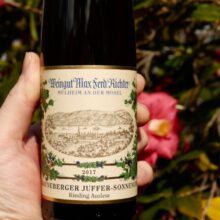
You must be logged in to post a comment.